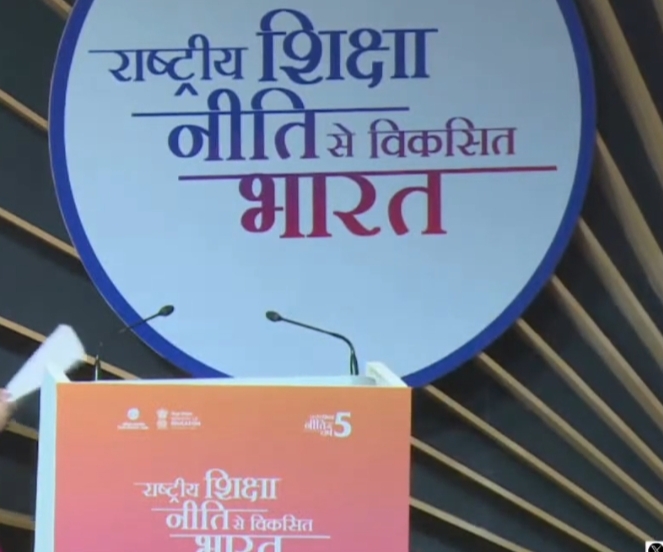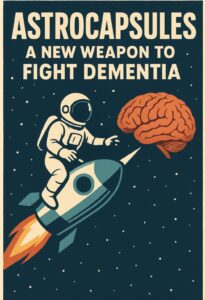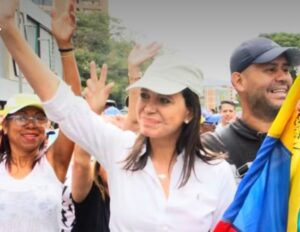
UGC’s Draft Math Curriculum: A Leap Backward into Ritualistic Pseudoscience
In a move that reeks of ideological desperation, the University Grants Commission (UGC) has unveiled a draft undergraduate mathematics curriculum laced with ancient Indian concepts, ostensibly to revive “Bharatiya innovations” under the guise of the National Education Policy 2020. Released on August 20, 2025, by UGC Secretary Manish R. Joshi, the draft proposes infusing sutra-based arithmetic and algebra, kala ganana (time calculation), and Vedic geometry from the shulva sutras—texts tied to the construction of fire-altars for Vedic rituals—into modern math syllabi. This isn’t innovation; it’s regression, a saffron-tinted attempt to drag students back to the era of yajnas and cosmic myths, as if riding the smoke of sacrificial fires could propel India to Mars. Critics, including academics and rationalists, decry it as palaeolithic pyrolatry masquerading as education, forcing undergraduates to swallow outdated rituals instead of equipping them for futural modernity.
As one social media post lamented, “Schools need not teach evolution. What more? Most of the modern scientific knowledge has connections with the West.” This critique dissects the draft point by point, to expose its intellectual bankruptcy.
The Illusion of Ancient Wisdom: Mixing Myth with Math
The draft claims alignment with the Learning Outcomes-based Curriculum Framework (LOCF), promising flexibility and innovation.
Yet, it peddles a curriculum that conflates mythology with mathematics, drawing from texts like the Surya Siddhanta and Aryabhatiyam to teach cosmic time cycles—Yugas, Kalpas, and Brahma’s day—alongside polynomial division via purported Vedic sutras. Proponents argue this “decolonizes” education, but experts counter that it’s a distortion, blending astronomy with divine fantasies like Vishnu Varsha and Shiva Varsha. Historical records show ancient Indian math had merits—Aryabhatta’s approximations of pi and zero’s use—but these are already acknowledged globally. Forcing them into core undergrad math ignores centuries of progress, rendering graduates unfit for modern fields like AI or quantum computing. MAs a report warns, this creates “graduates unfit for innovation.” The draft’s emphasis on Pachanga (Hindu calendar) and muhurtas (auspicious timings) for rituals turns math classes into astrology seminars, undermining scientific temper.
Why prioritize altar geometry over differential equations?
It’s not heritage; it’s hindrance.
“Regression has no place in curricula.”
Rebutting the Draft’s Core Claims
Let’s dismantle the draft’s key elements with factual rebuttals, drawing from scholarly critiques and historical analysis. Sutra-Based Arithmetic and Algebra: Pseudoscience in Disguise
The draft touts “sutra-based” methods like the Paravartya Yojayet sutra for polynomial division, claiming roots in Vedic wisdom. But “Vedic Mathematics” is neither Vedic nor rigorous math.
Coined in 1965 by Bharati Krishna Tirthaji, it’s a 20th-century invention with no Vedic origins, as scholars have debunked—it offers shortcuts for basic calculations but fails in complex problems, lacking proofs or axiomatic foundations. Critics label it “a direct gift of revelation to seers,” but it’s misleading, hindering deep conceptual understanding. Teaching this as “Bharatiya Bijaganita” (Indian algebra) ignores true innovators like Bhaskara II, whose 12th-century work predates Tirthaji’s fabrications. Forcing it on students is like mandating abacus over calculators—quaint but obsolete. As one analysis notes, it provides “one-line answers” but no real insight, making it useless for theoretical or applied math futures.
What’s gained? Nothing but confusion: “Insights? If it coulda happened, it woulda happened.”
Kala Ganana: Mythical Timekeeping Over Scientific Precision
Kala ganana, or time calculation, is pitched as blending astronomy and culture, teaching units like ghatis and vighatis alongside GMT and IST.
Rooted in texts like the Surya Siddhanta (circa 400-500 CE), it includes cosmic cycles tied to Puranic myths—Yugas spanning millions of years and Brahma’s day as 4.32 billion years. While ancient Indians advanced astronomy (e.g., Aryabhatta’s heliocentric hints), kala ganana mixes verifiable observations with folklore, like divine time governed by Kaala Niyaamaka (time’s presiding deity). Modern critiques highlight its irrelevance: why teach muhurtas for festivals when undergrads need relativity or computational modeling?
This isn’t math; it’s liturgy, blurring science with ritual.
As per a 2025 review, it “mixes past and present absurdly,” erasing empirical progress.
Factual rebuttal:
Ancient timekeeping was geocentric and error-prone; today’s atomic clocks and GPS render it archaic. Including it formalizes superstition, akin to “forcing a dead language like Sanskrit down throats.”
Bharatiya Innovations: Nationalist Hype Without Substance
The vague “Bharatiya innovations” umbrella covers zero, decimals, and early calculus—contributions already in global curricula. But the draft overhypes them via nationalist lens, ignoring collaborative human history. For instance, zero evolved across cultures, not solely Indian.
Critics argue this “pushes a political agenda,” creating “entitled malevolence” by privileging myth over merit. Verifiable data: Ramanujan’s work (highlighted in the draft) was recognized in Cambridge, not Vedic texts. Teaching “innovations” as exclusively Bharatiya distorts history, fostering chauvinism.
As one expert notes, it threatens education by producing grads unable to “cope with masters programmes at IITs.” Why regress to a “warmup period a millennium old”?
Vedic Geometry from Shulva Sutras: Altar-Building in Algebra Class
The shulva sutras (800-200 BCE) detail geometry for vedi (fire-altars) used in havens, including Pythagorean triples for square and circular constructions. While predating Pythagoras (circa 570 BCE), it’s ritualistic, not abstract—focused on altar shapes for “unique gifts from gods.” Its modern relevance is Nil. Euclid’s Elements (300 BCE) formalized geometry axiomatically; shulva sutras lack generality, tied to yajnas. Teaching this in undergrad math is absurd—why construct fire-altars when students need vector calculus? It’s “barking mad,” prioritizing pyrolatry over progress. Factual counter: These sutras end the Vedic period (1200 BCE onset), but math evolved globally post-800 CE; forcing them is like teaching Stonehenge engineering in physics.
Political Underpinnings: Saffronization and Anti-Science Agenda
This draft isn’t educational reform; it’s ideological warfare. Aligned with NEP 2020’s “Indian Knowledge Systems,” it mirrors CBSE’s “Bharatiya Ganit Parampara,” pushing cultural nationalism. Academics slam it for “promoting saffronisation, distorting history, and undermining scientific research.” Discussions reveal fears of “erasing the knowledge of the oppressed” and blending myth with fact. Is there “method behind this madness”? Yes: a corpopolitical nexus privileging myth to control narratives, as seen in NCERT distortions (e.g., Jaisalmer as Maratha territory).
This anti-evolution stance risks producing backward thinkers, unfit for global competition.
Reject Regression for Rational Progress
UGC’s draft is a scathing indictment of modern education’s politicization—backward-looking, irrelevant, and dangerous.
It’s not about heritage but hindrance, forcing ritual over reason. Stakeholders must feedback by September 20, 2025, to scrap this farce. India needs math for Mars, not yajna smoke.
If not scrapped, this curriculum might send education to the stone age.
Hasnain Naqvi is a former member of the history faculty at St. Xavier’s College, Mumbai





